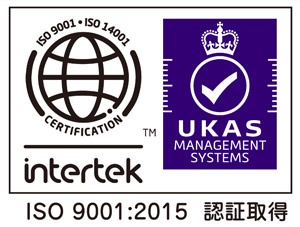Finding the right Toy Manufacturer is crucial for ensuring the quality, safety, and success of your product. Whether you're a budding entrepreneur or an established company looking to expand your product line, this guide will help you navigate the process of finding a reliable toy manufacturer.
Steps to Finding a Toy Manufacturer
Define Your Requirements
Product Specifications: Clearly outline your toy’s design, materials, size, and other specifications. Include any special features or functions.
Quantity: Determine the initial order quantity and potential for future orders. Some manufacturers have minimum order requirements.
Budget: Establish a budget for production, including costs for materials, labor, shipping, and any other associated expenses.
Timeline: Set a timeline for production, including deadlines for prototypes, samples, and final delivery.
Experience: Look for manufacturers with extensive experience in producing Plush Toys, particularly those similar to your design.
Reputation: Check online reviews, testimonials, and case studies. Ask for references from other clients to gauge their satisfaction with the manufacturer’s services.
Request Quotes and Samples
Detailed Quote: Provide potential plush manufacturers with detailed specifications and request a quote. Make sure the quote includes costs for materials, production, packaging, and shipping.
Prototyping and Samples: Ask for a prototype or sample of your toy. This will help you assess the manufacturer’s quality and attention to detail. Be prepared to pay for sample production.
Monitor Production
Regular Check-Ins: Maintain regular communication with the plush manufacturer to monitor progress and address any issues promptly.
Quality Inspections: Arrange for quality inspections at different stages of production to ensure the final product meets your standards.
Review and Scale
Feedback: After receiving the first batch of plush toys, review their quality and gather feedback from customers.
Adjust and Scale: Use this feedback to make any necessary adjustments and plan for larger production runs if the product is successful.










